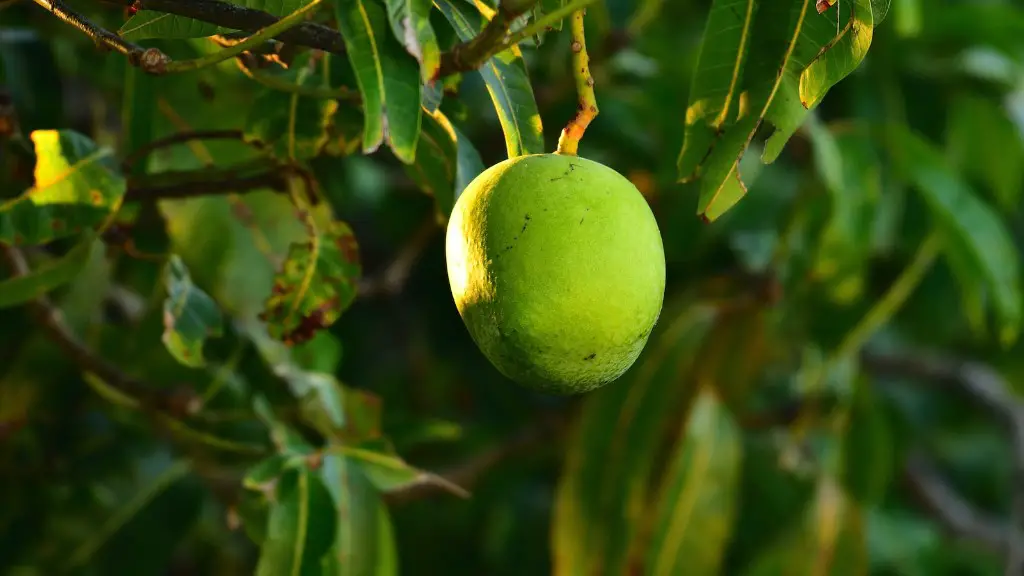Materials Needed
Painting a simple palm tree requires a few basic supplies. Artist-grade paints are recommended for best results as they are more opaque, meaning that the colors will appear brighter and more vibrant on the canvas. A high-quality, pre-stretched canvas is also needed, as is a variety of paint brushes of different sizes and widths. Water and paper towels are handy to have on hand, too.
Starting the Base Layers
Start by painting the background and setting the stage for the painting. Depending on the look desired, the background can be a sunset or sunrise, blue sky, night sky, or a beach scene. Either acrylics or oils can be used, but oils require extra drying time between coats. For a background, use larger brushes to lay down broad strokes to get the desired look.
Painting the Palm Tree
Once the background is complete, the palm tree can be painted over the top. Begin painting the tree trunk with dark brown, using a smaller-sized brush. For the fronds, use a combination of greens and brown, using larger brushes. To add depth to the painting, use shadows of dark green and blue for the fronds and brown for the trunk as well as shading.
Adding Details
Once the base layers are complete, it is time to add details. Start by adding highlights to the palm tree trunk and fronds. Use lighter shades such as yellow and white to create a more realistic look. Then use a smaller brush to add individual leaves and fronds to the tree. Add more details such as rocks, shells, or sea foam to complete the painting.
Finishing Touches
When all the details are finished, it is time to finish the painting. To add an extra touch of realism, use a dry brush to add texture to the painting. This is done by lightly dragging the brush over the painting to create a textured, almost 3D look. For a glossy, finished look, apply a coat of varnish or protectant.
Alternative Painting Technique
Another way to paint a simple palm tree is the wet-on-wet technique. This technique uses water-based paints and involves mixing the paint directly on the canvas. Start by painting a solid, wet layer of one color onto the canvas, then use a brush to add lighter and darker shades of the color to give it a gradient look.For the fronds, use lighter and darker shades of green and mix it directly onto the canvas as well.
Blocking Out with Crayons
A third way to paint a simple palm tree is by using crayon blocking. This technique involves using crayons to block out the shapes before painting over them. Start by drawing the palm tree trunk and the shape of the fronds with a crayon. This gives the painting a more precise outline and makes it easier to fill in the gaps with paint.
Giving Final Touches
Once the painting is complete, it is time to give it the final touches. Use a fine brush to go over the painting and add minute details such as bark lines and veins on the leaves. This gives the painting an extra level of realism. When the painting is finished, varnish it again to protect it.
Preservation of the Painting
To ensure that the painting lasts a long time, it should be protected appropriately. Make sure to apply a coat of professional varnish, which will keep the colors bright and vibrant while protecting the painting from damage. It is also important to avoid hanging the painting in direct sunlight, as this can cause the colors to fade over time.


